The original graham crackers were extremely bland because their inventor, Sylvester Graham, hoped that his flavorless recipe would help curb Americans' sexual desires.
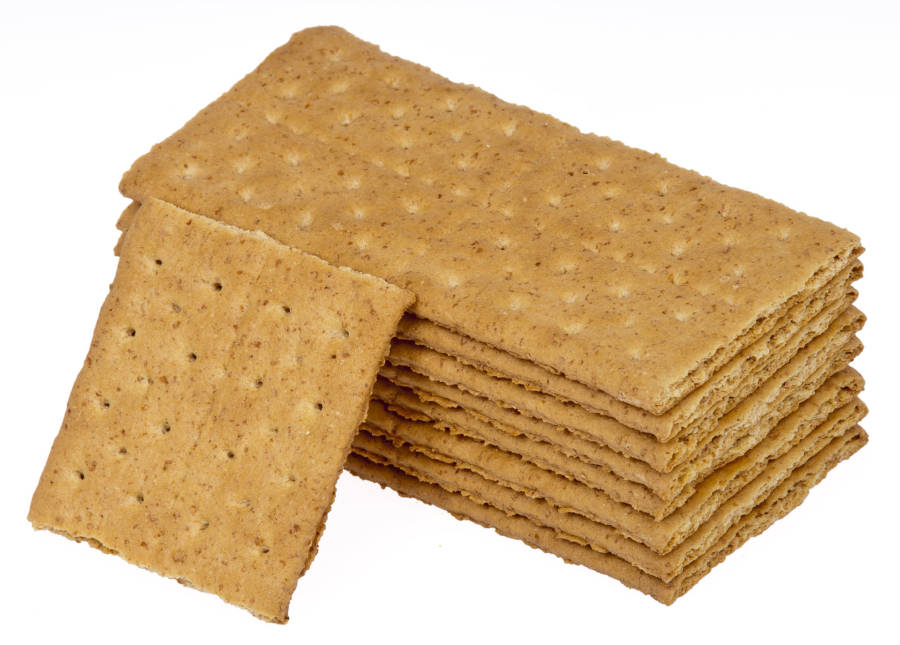
Wikimedia CommonsFew know the bizarre reason why graham crackers were invented.
The graham cracker needs no introduction. Today, these delightfully crunchy snacks are a common fixture at campfire gatherings, serving as a key ingredient of s’mores and helping to deliver the delicious combination of chocolate and toasted marshmallow to one’s mouth.
Few people stop to think about why graham crackers were invented, though, and most would likely assume that their creation was a typical culinary experiment. But this assumption is far from the truth. The original purpose of the graham cracker was, in fact, to repress sexual desires in all who ate them.
But why? Who would benefit from an anti-aphrodisiac, and why, of all things, did they think that a graham cracker was the secret?
The answers lie with one man: Sylvester Graham.
Sylvester Graham, The Man Who Invented The Graham Cracker To Turn People Off
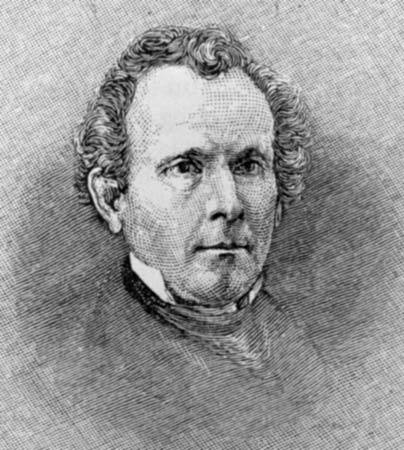
Public DomainSylvester Graham is credited with launching the “first anti-sugar crusade” in America.
Sylvester Graham was born on July 5, 1794, in West Suffield, Connecticut, into a rather large family. He was the youngest of 17 children.
His father, a 72-year-old clergyman, died when he was just two, and his mother was prone to illness. As a result, young Sylvester Graham was raised by various relatives, one of whom owned a local tavern. This exposed him to alcohol’s more detrimental effects, and he grew up with a hatred of booze.
At the start of the 19th century, this was highly unusual.
But Graham seemed to have a good head on his shoulders. He was a hard-working student. His health issues — including a bout with tuberculosis at 16 — stunted his formal education, but he briefly attended Amherst College with the intention of becoming a minister. He left the college one year later.
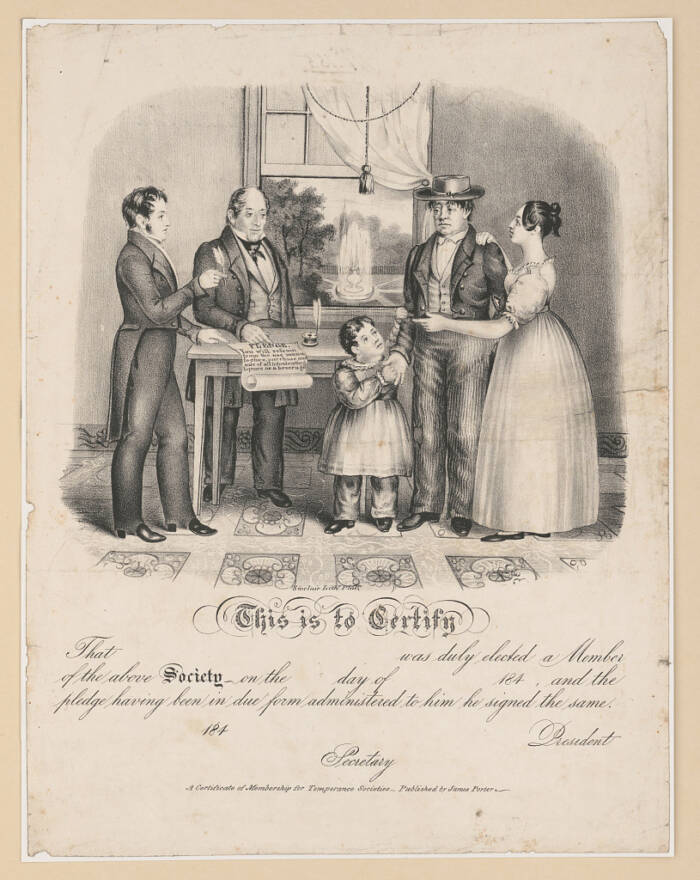
Library of CongressA certificate of membership for temperance societies, one of which Sylvester Graham joined.
Ostensibly, Graham left Amherst due to health concerns or financial constraints. But there were also rumors that he had improperly approached a woman, resulting in him being expelled from the school.
In any case, Graham became convinced that America was lacking in morals, leading to widespread mental depravity and physical illness, and he swore that he would lead a good, moral life. Not only did he swear off alcohol, he also avoided sex for reasons other than procreation, warm baths, and even comfortable beds to keep things “pure” at all times.
Graham married a woman named Sarah Manchester Earle (sometimes spelled Earl), his caretaker during one of his periods of illness, in 1826, providing him with some layer of personal stability, and he was ordained as a Presbyterian minister around the same time. His early sermons focused on traditional religious themes, though he would explore health and wellness topics frequently, perhaps due to his own experiences with illness.
Within a few years, Graham was a front-facing member of the Pennsylvania Temperance Society, advocating for people to avoid alcohol. He maintained this message even after he started focusing more on health in general.
Eventually, Graham became known for speaking out against sexual excess. He thought sexual urges were making people mentally and physically ill. These urges included masturbation, which Graham described as a form of “self-pollution” that was to be avoided at all costs.
He was also very interested in diets that focused on whole wheats — which brings us to the bizarre reason why graham crackers were invented.
The “Graham Diet” Was Designed To Curb Lustful Thoughts And Improve Overall Health
Sylvester Graham believed that people should eat like Adam and Eve did, theorizing that indulging in rich, flavorful foods — think meats, fats, and anything with spices — could ignite carnal desires and lead individuals down a path of moral decay. In his view, a bland diet was the key to maintaining sexual purity and restraint. He advocated for a vegetarian lifestyle centered around whole wheats, which he believed would curb lustful thoughts.
The philosophy came to be known as the “Graham Diet,” which included an early, now-unrecognizable version of the graham cracker.
While promoting his “Graham Diet,” Graham spoke out against the additives that were being put in processed bread at the time to make it whiter and the preservatives that kept the bread from spoiling. He promoted homemade bread — emphasizing the importance of using whole wheat flour — in his 1837 book A Treatise on Bread and Bread-Making.
He also promoted virtually flavorless food, thinking that adding spices or sugars to foods increased people’s sexual urges, and suggested bland products to avoid stimulating the body in an “unholy” way.
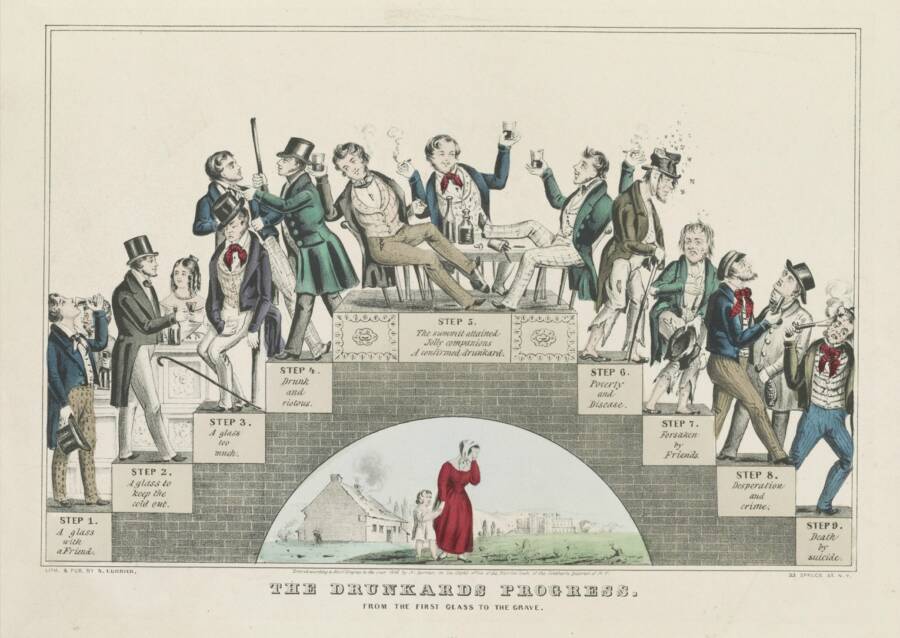
Public DomainAn 1846 lithograph by Nathaniel Currier supporting the temperance movement, entitled The Drunkard’s Progress.
To supplement this diet, Graham introduced a type of unsifted, coarsely ground, whole wheat flour, aptly named “Graham flour,” from which he created a simple, unseasoned biscuit — an early version of the graham cracker — in 1829. Baked without any fat or refined sugar, this biscuit had little in common with the sweet graham crackers of today.
Graham’s crackers were intentionally bland and reportedly tasted like bran saltine crackers without the salt. Free from spices or sugar, these graham crackers were invented with the goal of suppressing undesirable passions.
Though this may seem bizarre today, Graham was a skilled orator, and his theories quickly spread across the country, including the reason why he invented graham crackers. Despite this, Graham didn’t patent graham crackers, and so he never made any money from the use of his name.
At one point, the Graham Diet was even imposed on the entire student body of Oberlin College, where one professor was fired for using his own black pepper to flavor the boring cafeteria food. Oberlin eventually changed its tune after there was enough resistance from the students, but it showed just how widely Graham’s health advice had spread.
Eventual Pushback Against The Graham Diet
As people began cutting meat, sugar, and white bread out of their diets, Sylvester Graham’s lectures were increasingly disrupted by furious mobs of butchers and bakers, who were angry at him for telling people to make bread at home and avoid meat. But it wasn’t just them who were upset — the medical community also took issue with what Graham was saying.
Traditional physicians, who at the time were still prescribing treatments like bloodletting and encouraging regular consumption of meat, viewed Graham’s recommendations as radical and unfounded, and some criticized Graham’s lack of formal medical training, dismissing his diet as quackery.
There is perhaps some irony here in hindsight, given that medical advice today does recommend whole grains over refined carbs and cutting back on red meat — though, of course, this advice has nothing to do with taming lustful thoughts. But that’s not to say that all of Graham’s advice was good.
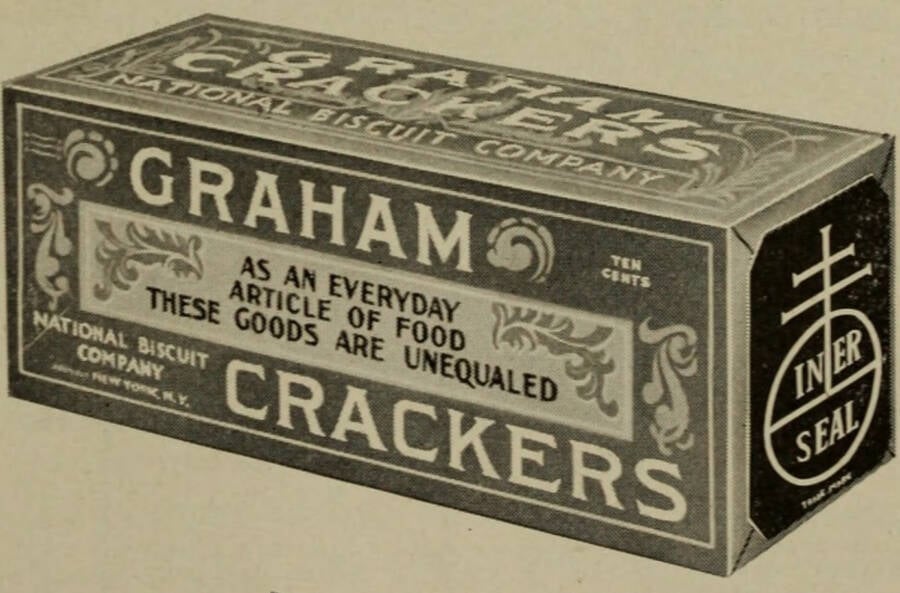
Wikimedia CommonsA 1915 ad for National Biscuit Company. As time passed, few remembered the reason why graham crackers were invented.
He had always had issues with his health, but as he approached his mid-50s, it was clear that the lifestyle he touted could not help all of his medical woes. Though there were many rumors that muddy the facts of what happened, various accounts claim that Graham sought out medical advice from a doctor for ongoing health issues, including poor blood circulation.
Reportedly, the doctor recommended that Graham reintroduce meat into his diet to help with his blood flow, and also gave Graham opium enemas, which may have actually contributed to the decline of Graham’s health.
And according to scholar Stephen Nissenbaum in his book Sex, Diet, and Debility in Jacksonian America: Sylvester Graham and Health Reform, eating meat wasn’t the only self-imposed taboo that Graham broke in his final years. Sylvester Graham died on Sept. 11, 1851, in Northampton, Massachusetts, at the age of 57 “after violating his own strictures by taking liquor and meat in a last desperate attempt to recover his health.”
Graham, who had always rejected alcohol, had effectively confirmed his own suspicions about its potential dangers in the end. His early death, however, convinced many of his followers that perhaps his diet was not all that he claimed it to be. While his influence on vegetarianism is undeniable, his name is not often brought up in conversations about it today.
He’s also surely turning in his grave at the thought of what his graham cracker — undoubtedly the main remnant of his legacy — has become.
How The Graham Cracker Transformed In The Decades After It Was Invented

Transcendental Graphics/Getty ImagesAn early 20th-century advertisement for graham crackers.
Bakers were no doubt thrilled to learn of Sylvester Graham’s death, as he could no longer disparage their white bread. Some bakers even began toying with the original graham cracker recipe to make it more palatable.
By the end of the 19th century, the National Biscuit Company (later known as Nabisco) had recognized the commercial potential of these modified graham crackers and began mass-producing and marketing them in 1898.
Then, in 1925, the company launched the Honey Maid brand of graham crackers, which were sweetened with, as the name suggests, honey. This sweetened version skyrocketed the graham cracker to new heights in America, and it is still a popular treat today. In fact, graham crackers are a staple ingredient in many beloved desserts like s’mores, key lime pie, and cheesecake — a far cry from the bland biscuits they once were.
Looking back, though, it’s hard not to feel at least a little bad for Sylvester Graham. Even if some of his ideas were misguided, he clearly cared about making the world a healthier place — and in some cases, his ideas were more aligned with modern health guidelines than you’d expect.
Graham crackers were originally invented to help Americans lead purer lives, but at the end of the day, when offered the choice between a bland biscuit or a sweet snack, most people will want the sweet snack.
After reading about why graham crackers were invented, learn about John Harvey Kellogg, the eccentric wellness guru who invented corn flakes. Then, go inside the fascinating origins of peanut butter.





